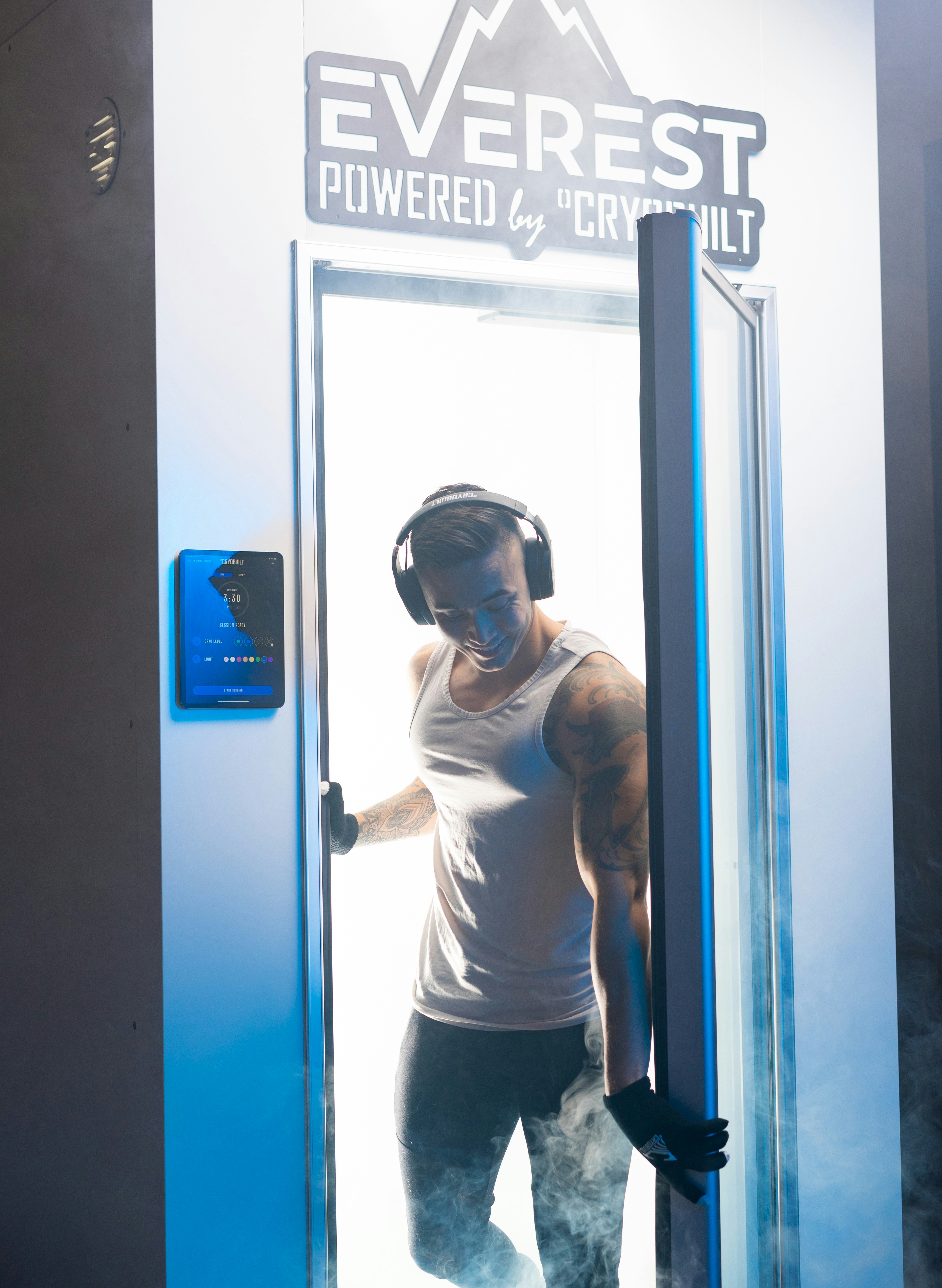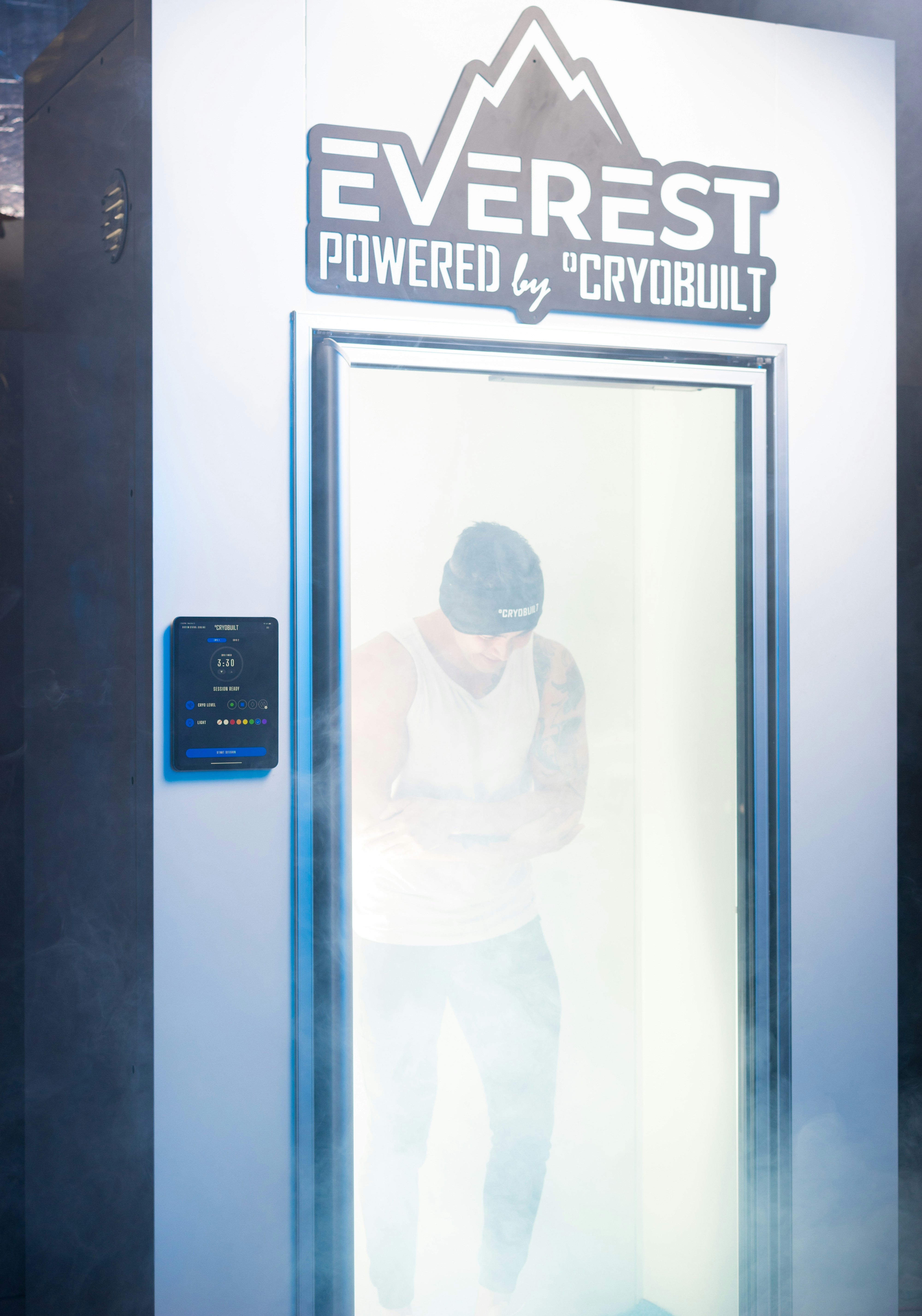Have you ever wondered about the mysterious powers of cold plunging, particularly when it comes to reducing neural inflammation?
Understanding Neural Inflammation
Before diving into the refreshing world of cold plunging, it’s essential to grasp what neural inflammation entails. Inflammation is the body’s natural response to injury or infection, but when it’s chronic, especially in the nervous system, it can lead to various health issues. Neural inflammation is often associated with conditions like multiple sclerosis, Alzheimer’s disease, and other neurodegenerative disorders. Over time, this can severely impact brain function and quality of life.
The Causes of Neural Inflammation
A variety of factors can trigger neural inflammation. These include autoimmune responses, where the body’s immune system mistakenly attacks healthy brain cells, and chronic infections that persist over time without being adequately addressed. Environmental toxins, stress, and poor diet also play significant roles in exacerbating inflammation in the nervous system. Understanding these causes highlights the importance of strategies to manage and reduce their impact.
Consequences of Untreated Neural Inflammation
If left unchecked, neural inflammation can contribute to cognitive decline, mood disorders, and impaired motor functions. It may lead to changes in behavior, memory deficits, and even severe mental health conditions. The stakes are high, making it crucial to seek effective ways to mitigate inflammation.
The Science Behind Cold Plunging
Cold plunging involves immersing oneself in cold water, often as low as 10-15 degrees Celsius (50-59 degrees Fahrenheit). This practice is known for its invigorating and health-boosting benefits. Let’s delve into the science that supports these claims, especially concerning neural inflammation.
How Cold Plunging Affects the Body
When you immerse yourself in cold water, the body has an immediate physiological response. Blood vessels constrict, and blood is directed towards your core to preserve heat, triggering the release of endorphins and norepinephrine—chemicals known for reducing pain and enhancing mood. Over time, regular cold plunging has been shown to improve circulation, enhance the immune response, and decrease overall stress levels.
Impact on Neural Inflammation
Cold exposure is believed to mitigate neural inflammation by reducing pro-inflammatory cytokines, which are proteins that signal inflammation in the body. Additionally, cold plunging supports the vagus nerve’s health, an essential component of the parasympathetic nervous system. This nerve helps regulate stress responses, promoting a balanced inflammatory response that may protect against excessive inflammation in the brain and nervous system.
The Historical Context of Cold Therapies
Ancient Practices
Cold therapy is not a novel concept. Historical records reveal that ancient Greek and Roman societies utilized cold baths for therapeutic purposes, believing they could boost the immune system and invigorate the spirit. Even Hippocrates, the renowned Greek physician, advocated for the use of cold water in managing various ailments.
Modern Medical Interest
In more recent times, the medical community has shown renewed interest in cold therapies, not just for muscle recovery in athletes but as a tool for broader health benefits. This has led to increased research into how cold exposure, like plunging, can specifically impact cognitive health and neural conditions.
The Process of Cold Plunging
If you’re considering incorporating cold plunging into your routine, understanding the process is crucial for safe and effective practice. Here’s what you need to know:
Preparation
Before you attempt a cold plunge, it’s essential to ensure you’re in good health. Consult with a healthcare professional to determine if cold plunging is appropriate for your health status. Once you have the green light, start by gradually acclimating to colder temperatures through short showers.
The Immersion
Once prepared, immerse yourself slowly into the cold water, focusing on controlling your breathing. Start with short durations—just a few seconds to a minute—and gradually increase the time as your body adapts. It’s normal to feel uncomfortable initially, but with practice, your tolerance will improve.
Post-Plunge Care
Once you exit the water, pat yourself dry and dress in warm layers to bring your body temperature back up gradually. Enjoy a cup of warm tea to assist in this process. Reflect on how you feel post-plunge, as this awareness can help you track the benefits over time.
Potential Benefits Beyond Inflammation
While reducing neural inflammation is a significant benefit, cold plunging offers several other perks that can enhance overall well-being.
Mental Clarity and Mood Enhancement
The endorphin rush experienced after a cold plunge can lead to improved mental clarity and a heightened sense of alertness. Additionally, the practice is linked to reduced symptoms of depression and anxiety, contributing to improved mood and mental health.
Physical Health Improvements
Cold plunging is associated with faster recovery times post-exercise, improved circulation, and even enhanced skin tone. It can also boost the immune system, making you less susceptible to common illnesses.
Risks and Considerations
While cold plunging can offer numerous health benefits, it’s not without its risks. Here’s what you should consider:
Health Risks
Cold exposure can be dangerous for individuals with certain medical conditions, particularly those impacting the heart or respiratory system. Hypothermia and frostbite are also risks if precautions aren’t taken.
Safety Tips
Ensure you’re not alone when you plunge, especially if you’re new to the practice. Continuous monitoring of your physical response is crucial, and if you feel dizzy or too uncomfortable, exit the water immediately. Always use common sense and listen to your body.

Scientific Studies and Findings
To better understand the efficacy of cold plunging in reducing neural inflammation, several studies highlight its potential benefits:
Recent Research Overview
Research has demonstrated that cold exposure can reduce inflammatory markers in the body, though studies specifically targeting neural inflammation are still emerging. Animal studies suggest promising results, with cold exposure leading to reduced neuroinflammation.
Understanding Study Limitations
While the available research is promising, more extensive, long-term human studies are needed to draw definitive conclusions. Individual responses can vary significantly, indicating the need for personalized approaches.
Practical Tips for Beginners
If you’re intrigued by cold plunging and wish to incorporate it into your lifestyle, a few practical tips can help ease your journey:
-
Start Slow: Gradually acclimate your body to colder temperatures with showers.
-
Stay Safe: Always have a companion when engaging in cold plunges.
-
Listen to Your Body: Pay attention to how your body feels and respond accordingly.
-
Consistency is Key: Regular practice will lead to the most significant benefits.
-
Manage Expectations: Understand that results vary, and the practice may take time before you recognize its full potential.

Common Myths and Misconceptions
As with many health trends, cold plunging carries its share of myths and misconceptions. Here are a couple to be aware of:
Myth 1: Longer Exposure Means Greater Benefits
It’s a common belief that the longer you stay in cold water, the better the outcome. However, longer exposure increases the risk of hypothermia and other adverse effects. Quality and consistency outweigh duration.
Myth 2: Cold Plunging is a Cure-All
While cold plunging has various health benefits, it’s not a magic solution to all health problems. It should complement a balanced lifestyle, including proper nutrition, exercise, and mental wellness practices.
Building a Sustainable Routine
Integrating cold plunging into your routine can be rewarding, but sustainability is crucial. Establish a schedule that fits your lifestyle and stick to it. Whether you choose to immerse yourself a few times a week or prefer shorter, more frequent sessions, consistency will help unlock its full benefits.
Finding Community
Many find that joining communities centered around cold plunging can provide motivation and support. Online groups or local clubs can offer camaraderie, tips, and encouragement, making the practice more enjoyable and sustainable.
Reflections on Cold Plunging
Incorporating cold plunging into one’s life can be transformative. As you consider adopting this practice, remember that every individual’s journey is unique. The path to reducing neural inflammation and improving overall health through cold plunging is personal, requiring patience and persistence.
By understanding the potential benefits and risks, as well as employing practical tips and embracing the process fully, you’ll be better equipped to make the most out of cold plunging. As always, stay informed, prioritize safety, and enjoy your journey into the invigorating world of cold exposure.




